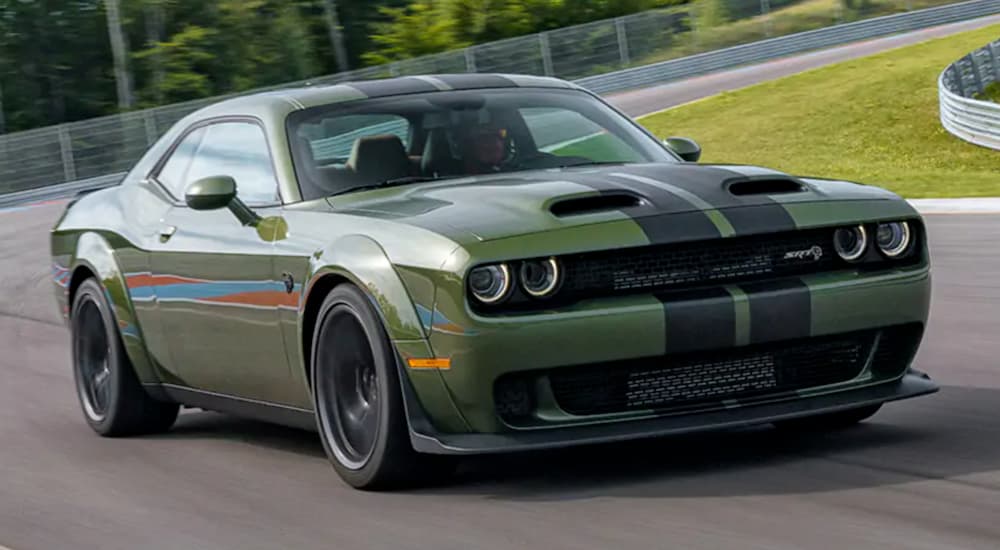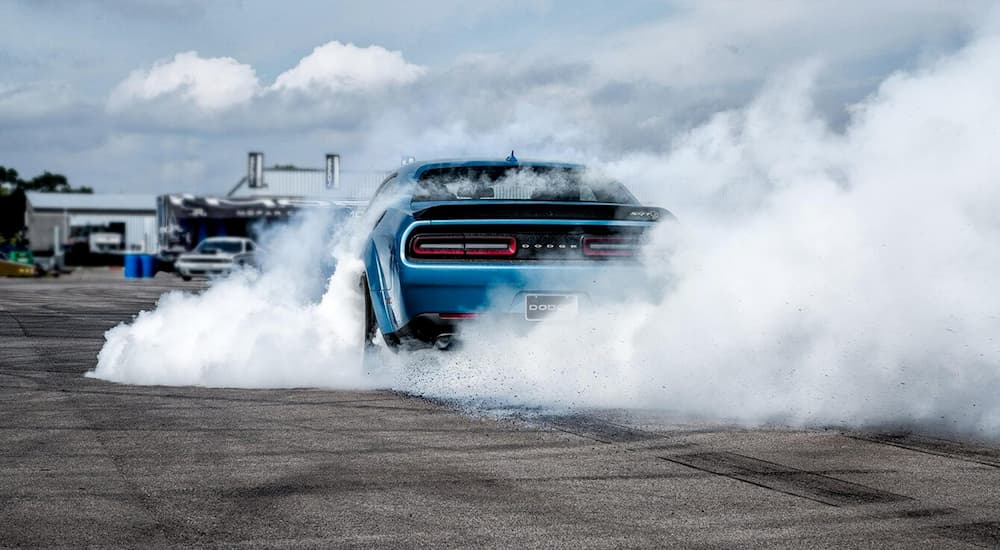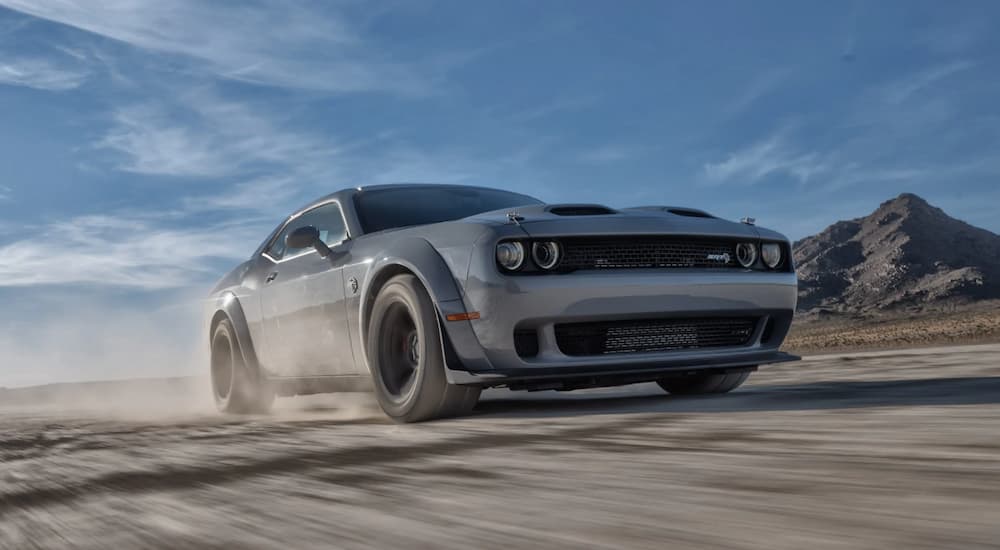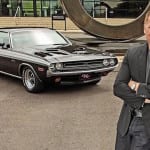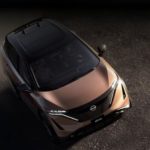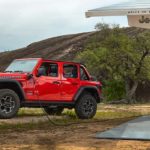The momentum toward building an all-electric future in the automotive industry is often polarizing. While no one wants to see the destruction of the environment or contribute to global warming, people are often leery of things they don’t understand. Hybrid vehicles have eased us into an all-electric future. However, electric cars are still relatively “new” to us despite their introduction decades ago when their novelty never quite stuck. Today, it’s still hard for many drivers to fathom plugging in our cars, trucks, and SUVs just as we do our smartphones at night.
As more people adopt the electric lifestyle, there’s one segment of drivers anxiously wondering about the seemingly inevitable demise of muscle cars and the throaty rumble heard at Dodge Challenger dealers around the country. Car enthusiasts have an ever-growing need for speed that automakers like Dodge, Ford, and Chevrolet have happily answered over the years with icons like the Challenger, Mustang, and Camaro. However, things become tense when automakers start talking about an all-electric future and use the word “muscle car” in the same sentence.
Will the electrification of the automotive industry spark the demise of the muscle car segment? To be fair, the electric cars of years past gave us little hope that an electric powertrain could deliver the performance needed for a real muscle car. However, recent electric vehicles like the Tesla Model S Plaid and Lucid Air Saphire have demonstrated drag strip performance worthy of the mightiest V8 cars. The question now is whether Dodge can keep up, and the answer might just surprise you.
It’s the Last Call, or Is It?
Despite the Challenger earning its place as the best-selling muscle car in America in 2021, Dodge sent the industry into a tailspin and confirmed car enthusiasts’ biggest worries in August 2022 when it announced the final call for the Challenger and Charger. “We are celebrating the end of an era––and the start of a bright new electrified future––by staying true to our brand,” Dodge reported. What exactly does that mean?
The 2023 Challenger celebrates its long-running success in the Dodge lineup with several special editions and, most notably, a commemorative “Last Call” plaque under the hood. Dodge also honors the Challenger’s heritage by expanding its exterior color palette to 14 hues, including popular options like B5 Blue, Plum Crazy, Sublime Green, and Destroyer Grey. The special models add to the Challenger’s appeal and include the Black Ghost, Swinger, and Shakedown. Even the R/T models get special treatment with “345” fender badging that reflects the 345 cubic-inch HEMI engine under the hood.
But is this truly the last call for the Challenger? How will Dodge pivot its best-selling muscle car into an electrified version that offers the same, if not more, power and capability? Answering that is as easy as answering whether the chicken or the egg came first.
Clues, Rumors, and Speculation: Dodge’s Future
With 2023 marking the final call for the Challenger and Charger, that trims the Dodge lineup to the Hornet and Durango. Is that enough to keep Dodge afloat? Historically, situations like this signaled impending demise, as we saw when Saturn, Mercury, Plymouth, and Oldsmobile trimmed their lineups before closing their doors. However, Dodge’s parent company promises this isn’t the end for the automotive pioneer. Instead, Stellantis argues it’s only the beginning as Dodge transforms into full electrification that “will give even more American muscle to the brand.”
Although Dodge isn’t as forthcoming about the future of the Challenger and Charger as most car enthusiasts would hope, it’s critical to remember that Dodge has been here before. The Dodge-Ram split in 2009 caused widespread speculation, anger, and ongoing worry. Longtime Dodge buyers felt the brand was losing its identity by dropping its truck lineup, but something remarkable happened. Dodge honed its focus, carving its niche in the industry with one powerhouse at a time.
Today, Challenger and Charger loyalists are speculative, some are enraged, and many are concerned. But those emotions have taken a new turn since the debut of the Charger Daytona SRT Concept, an all-electric muscle car that gives Dodge fans a glimmer of hope. It looks like its predecessors in many ways but swaps its V8 for battery power. Could this offer us a clue about the Challenger’s future, and if so, what does it tell us?
A Work in Progress
Introducing the Charger Daytona SRT Concept shortly after announcing the last call for two of America’s most iconic muscle cars took moxie and left many questioning Dodge’s timing. With many still reeling from the end of an era, Dodge anticipated the Charger Daytona SRT Concept would alleviate any concerns about the future of the iconic muscle cars. However, it felt like a parent telling a child, “No, you can’t have ice cream. Here’s a banana instead.” Car enthusiasts, particularly hot rod fans, are a tough group to crack, and that’s a lot of pressure to put on a car, even one with a legendary name.
Yet, the Charger Daytona SRT Concept hasn’t cracked under pressure. Instead, it tells us something about the future of the nameplate, or at least its potential. For instance, Dodge developed a prototype exhaust system to mimic the sound of a V8-powered muscle car. The Charger Daytona SRT Concept is the first electric car to feature such an exhaust system, which uses a series of chambered pipes and airflow to produce the same 126-decibel roar as the Charger SRT Hellcat. While some enthusiasts have panned the artificial roar, the Charger Daytona SRT Concept proves Dodge is one step closer to giving us a new level of extraordinary. For many, that’s an all-electric muscle car that’s just as powerful, if not more so, than its gas-powered predecessor and delivers a throaty rumble befitting of a legendary road warrior.
Carving Its Niche
Despite the anger, outrage, and grumblings over the last few months, Dodge seems unphased and continues looking forward to its future. The brand is accustomed to the pushback, experiencing much of the same in 2009 when it parted ways with Ram and everyone wondered how the automaker would survive without its best-selling trucks. With Dodge sitting under the Stellantis umbrella alongside 14 other brands, it’s hard to imagine the automaker not surviving the next few years. Not only does Dodge have access to Stellantis’ funding and ingenuity, but it’s already seeing excitement over the upcoming Hornet and continues to rely on the Durango’s reputation as the fastest and most powerful SUV in the segment. Those are two models worth betting on, especially with an all-electric speed demon already in the works.
Will Slow and Steady Win the Race?
With the last call for the Challenger and Charger, all we’re left with is speculation about the future of the Dodge lineup and its iconic muscle cars. Dodge is hedging its bets on the Hornet and Durango, a highly anticipated model and a best-seller that showcases Dodge’s success at honing its focus on speed and performance. The recent debut of the all-electric Charger Daytona SRT Concept sheds light on what Dodge has in store for the future, or at least its vision to build an all-electric lineup.
The question now is, will slow and steady win the race? Will the Charger Daytona SRT Concept make its way into the Dodge lineup, and will an electric Challenger follow? Only time will tell as Dodge works quietly behind the scenes to deliver an electric muscle car worthy of the name. As for the rest of us, we’re left waiting in the wings as we anticipate the legend’s return with an electrifying twist.
